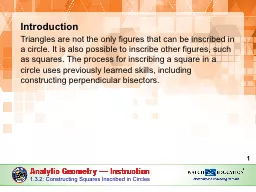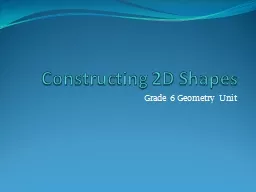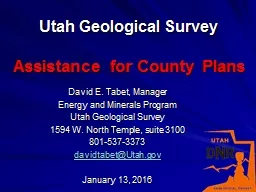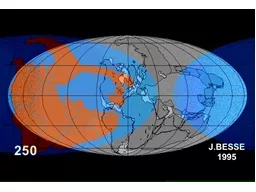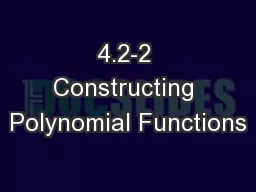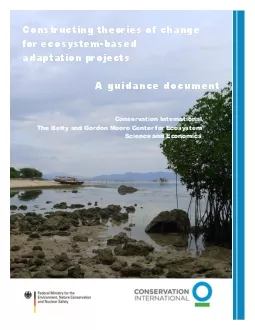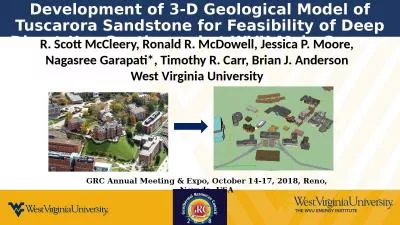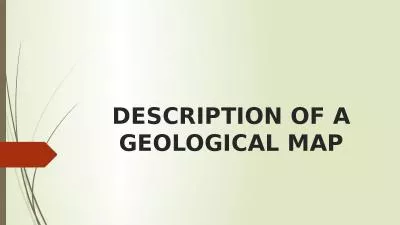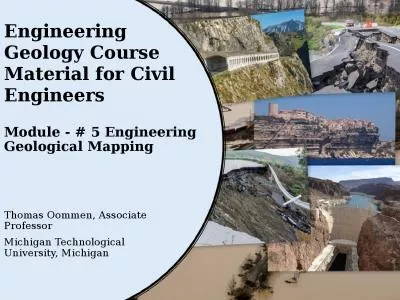PPT-Constructing a Geological Cross Section
Author : debby-jeon | Published Date : 2017-04-03
Select a section line Construct a topographic profile along the line of section Transfer contacts from the map to the topographic profile Project dip data into the
Presentation Embed Code
Download Presentation
Download Presentation The PPT/PDF document "Constructing a Geological Cross Section" is the property of its rightful owner. Permission is granted to download and print the materials on this website for personal, non-commercial use only, and to display it on your personal computer provided you do not modify the materials and that you retain all copyright notices contained in the materials. By downloading content from our website, you accept the terms of this agreement.
Constructing a Geological Cross Section: Transcript
Download Rules Of Document
"Constructing a Geological Cross Section"The content belongs to its owner. You may download and print it for personal use, without modification, and keep all copyright notices. By downloading, you agree to these terms.
Related Documents


